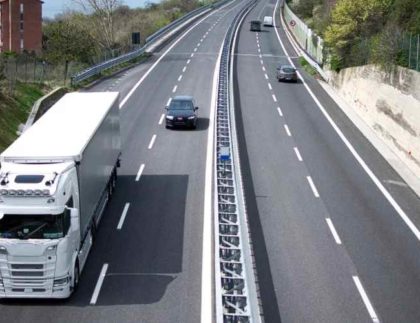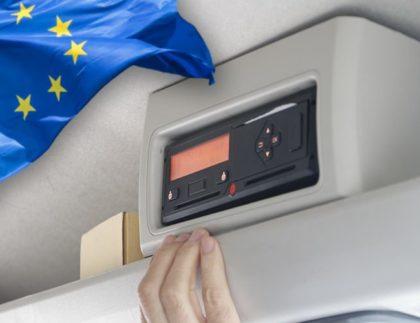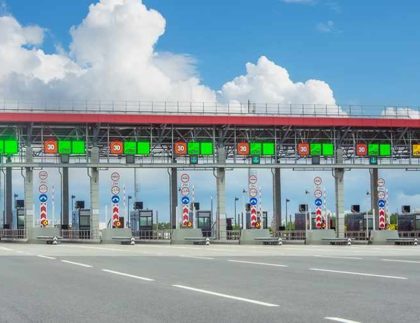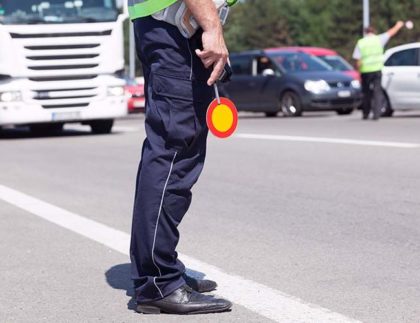

Recently, we have mentioned the draft of amendments to Regulation 561/2006 that the European Commission had developed and presented during the previous CORTE meeting (DG MOVE). The proposed amendments would concern drivers providing occasional passenger transport services, i.e. the so-called tourist bus trips, and help adapt the regulations to the nature of their work, which is different from the working mode of truck drivers, which the International Road Transport Union (IRU) has argued on numerous occasions, and which would increase the travel comfort for the passengers.
The proposed draft concerning occasional passenger transport sector assumes several significant changes, especially regarding drivers’ working time. Some of the most important provisions include:
– the required minimum break of 45 minutes after max. 4.5 hours’ drive can be split into two breaks, none of which can be shorter than 15 minutes;
– the option to postpone the daily rest time by 1 hour, provided that the total accumulated daily driving time does not exceed 7 hours and the driver exercises this option no more than once during a journey lasting at least 6 days or no more than twice during a journey lasting at least 8 days;
– the option to postpone the weekly rest time by up to 12 consecutive days following a previous regular weekly rest time, not only for international services but also for domestic ones, which constitutes an enormous change.
Single journey form
Unfortunately, the tachographs currently do not have any indicators or symbols that would allow for seamless determination whether the driver was driving a truck or a tourist bus on that day and whether they had the right to exercise the new exemptions. In order to allow for such distinction, the obligation to draft a single day vehicle journey form was introduced and will soon be available in a digital version.
Until the digital forms are available, transport companies will have to use paper forms that the driver needs to leave at the company after the trip, while remembering to take a copy that they need to have at hand in case of an inspection. The tachograph specification will most likely change within 18 months from the introduction of these amendments so that it can record transport type, although there are no details at this moment.
We can expect that the paper forms and introducing exemptions in the domestic transport as well will result in significantly longer inspections at companies and increased manual data review, which may also, though obviously not intentionally, lead to mistakes in inspections, and thereby to unjust penalties.
Change awaited by the inspectors
Finally, another significant amendment should be mentioned, i.e. the clarification that infringements to tachograph regulations (Regulation 165/2014) committed on another member state’s territory can be prosecuted in the member state of detection, which the inspectors have been lacking for a long time and which has been causing a lot of confusion.
The information on the exact date when the described rules will enter into force should be released soon and we will inform about it on an ongoing basis.










